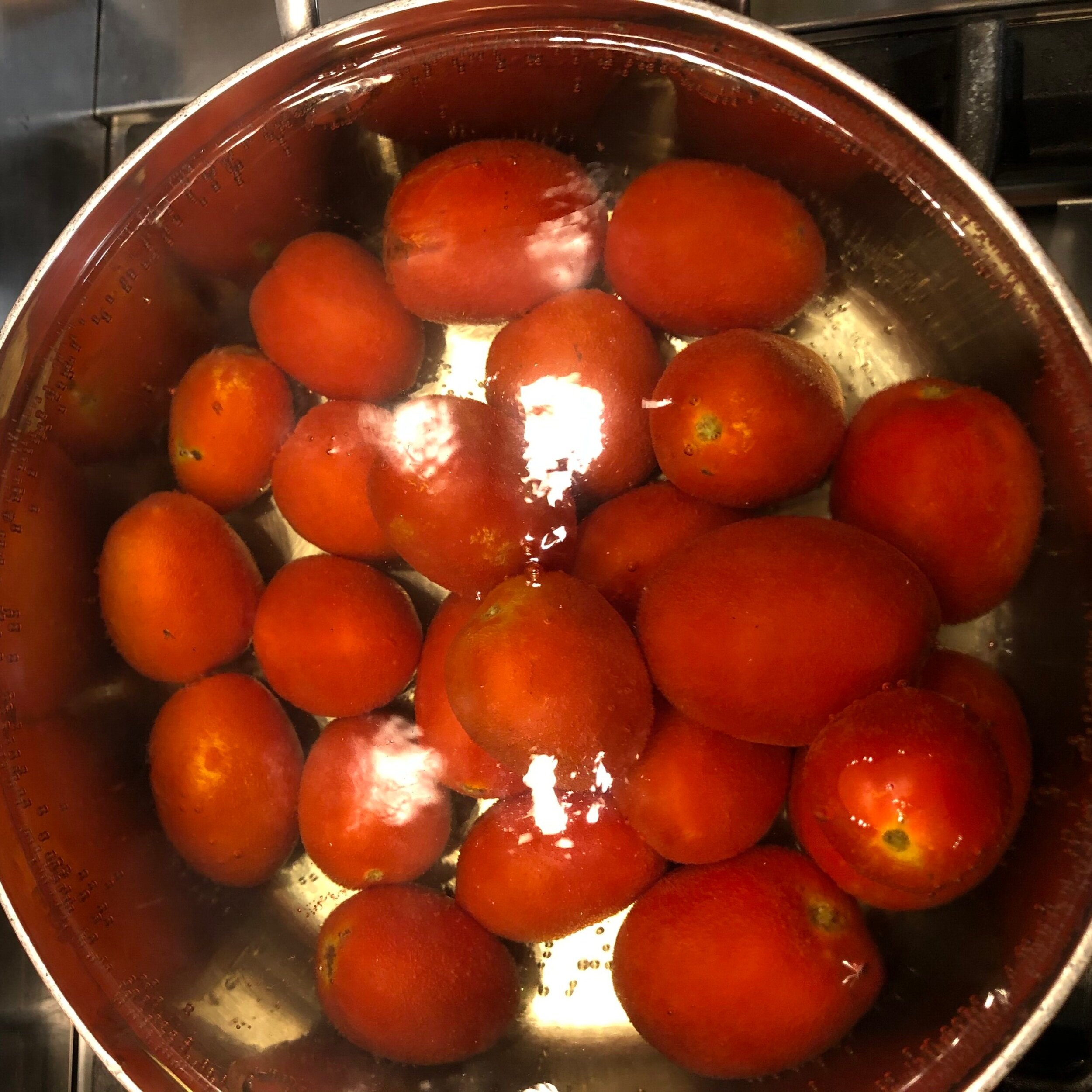Fabrizio is humble and passionate Barbaresco producer, and anyone who has the chance to meet him in his winery walks away with an unforgettable experience. Working only 5 hectars in the vineyard Canova located in the village of Neive, he grows Moscato, Dolcetto, Barbera, and Nebbiolo. Ressia has owned and farmed their land for 3 generations since 1913 and it was when Fabrizio’s time to take over he decided to build a winery and start to make wine. Little by little Fabrizio started to buy equipment, and expand the family’s farmhouse for the winery. [embed]https://www.instagram.com/p/BFYxvKqIdWZ/?taken-by=amandaswineadventures[/embed]
2015 Evien Bianco: a white wine from Moscato that undergoes a maceration of 2 days before fermentation starts, then 70% is aged in Austrian acacia while the rest remains in steel. Fresh, floral, aromatic, light body and great acidity.
2013 Evien Serie Oro: This wine is Moscato taken from a special selection in the vineyard that will then be aged in barrel for 2 years. Much bigger on the pallet, orange peel, floral, tropical fruits. Has the potential to age.
2013 Barbera d’Alba Superiore: 2 years in Botticella (the staves are French oak, and the heads are Slavonian oak). The Slavonian oak helps the fruit, more cherry notes raspberry, where the French helps to make the wine more round.
2012 Barbera d’Alba Superiore: round, sweet, red fruits, floral
2010 Barbera d’Albal Superiore: complex, red fruits, full on the pallet a really beautiful wine
2008 Barbera d’Alba Superiore: black fruit, vanilla, very smooth, rich
2004 Barbera d’Alba Canova: this wine is only aged in stainless steel. Typically when made this way the fruit and acidity is bright and lively. Typically a wine not for aging too long. Here the wine showed notes of cocoa, chestnut honey, bright acidity and a long finish. I am always impressed to see a Barbera of this style age so wonderfully.
2013 Barbaresco Canova: for Ressia’s Barbaresco will stay 26 months in Botticelle before it will be bottled. Fresh fruit, elegant, floral, Strawberries, smooth elegant tannins, rich and velvety.
2012 Barbaresco Canova: classic Nebbiolo, cherries, dried rose, fennel, and currants
2010 Barbareco Canova: red fruits, wild sage, herbs, and absolutely beautiful, long finish with silky tannins.
2009 Barbaresco Canova: great example of 2009, nervous tannins.
2008 Barbaresco Canova: classic fruit, fresh, sweeter tannin
2006 Barbaresco Canova: cherry Jell-o, chocolate, tannins are still hard
2005 Barbersco Canova Riserva Oro: this was the first vintage a Riserva for this house was made. Tobacco, chocolate, tea, blackberries, a full mouth feel, wonderful long finish.
I am very happy that I had the opportunity to taste through this wonderful lineup of great wines. I feel that Ressia has a wonderful representation of the fruit, the vineyard and the vintage. The wines are clean and expressive and have shown wonderfully a decade of wonderful wines. Since they make a very small amount of bottles you will not find Ressia everywhere so it is my suggestion the next time you are in Piemonte to stop by for a tasting.
If you would like other things to do while in the area of Barbaresco you can visit my blog here.
















